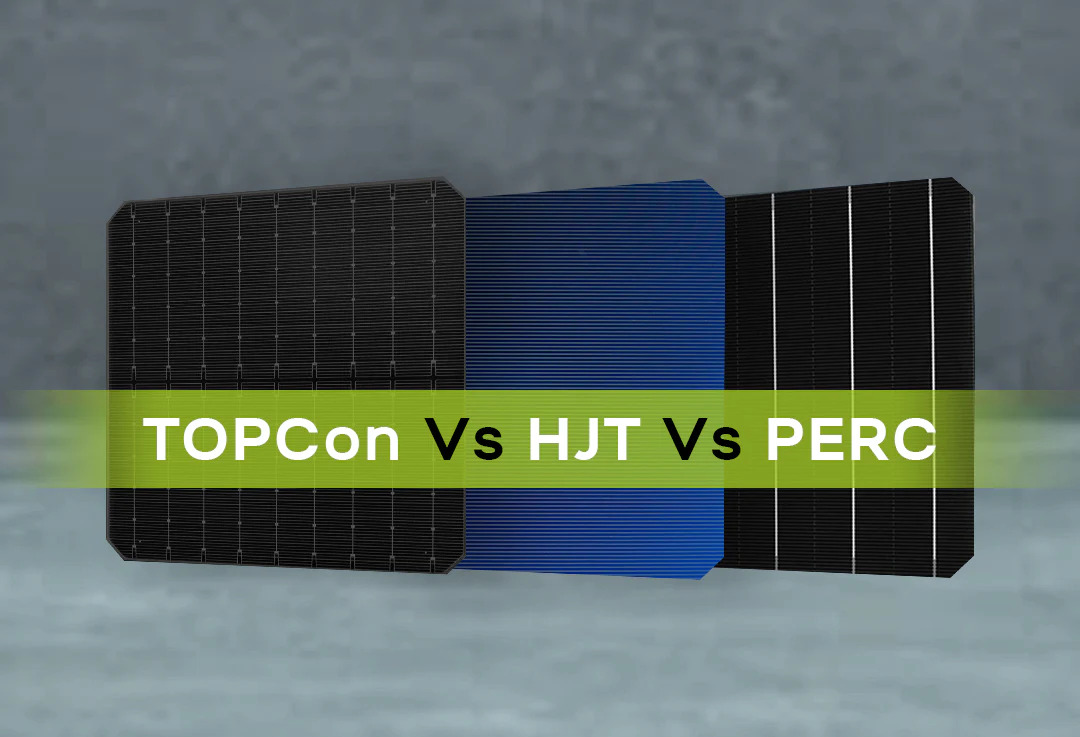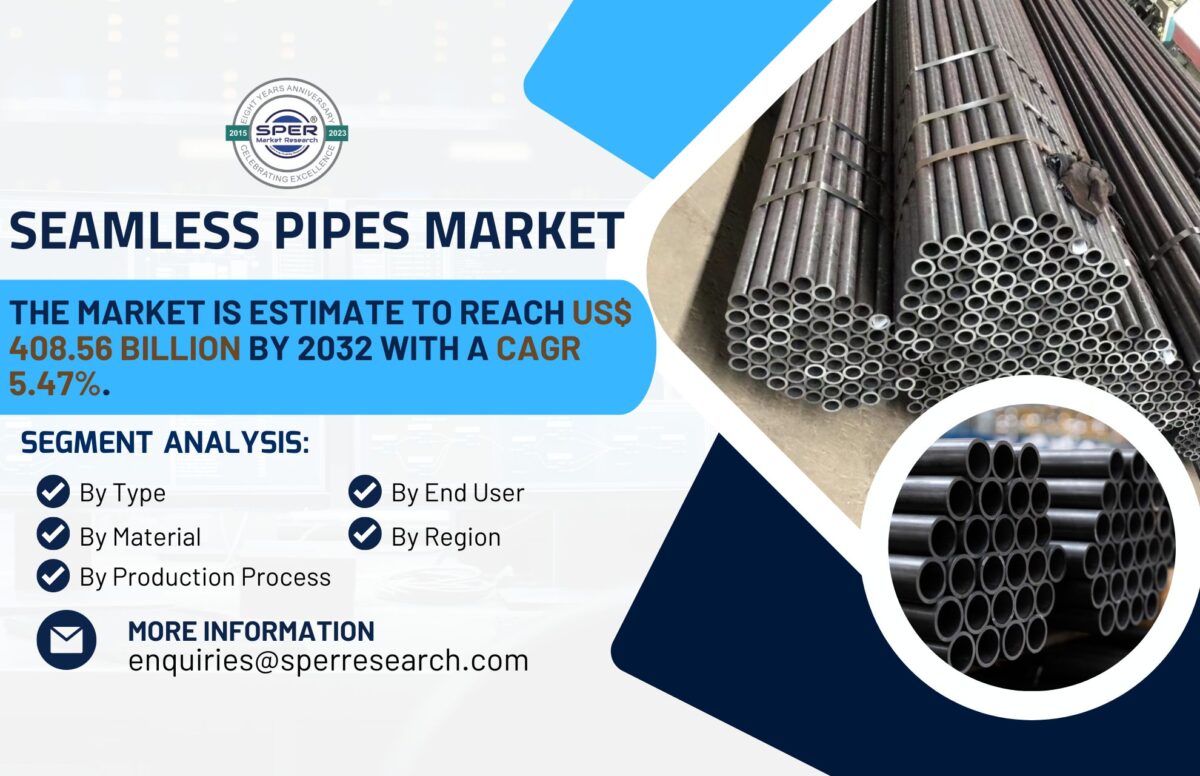PERC and TOPcon Solar Cells: Understanding the Key Differences in Photovoltaics

The article talks about two types of solar cells: PERC and TOPcon. It says they’re different in how they work, how they’re made, and how well they perform. PERC is good at soaking up light and collecting electrons, while TOPcon is better at making electricity because of how it gathers electrons. Both are getting better over time, which is good news for using more solar panels and helping the planet stay green.
Technical Variations
PERC technology represents a modification of traditional crystalline silicon solar cells by introducing an oxide film on the cell’s rear surface. This alteration enhances light absorption and improves electron collection efficiency at the rear of the cell. Conversely, TOPcon technology revolutionizes cell architecture by incorporating a thin tunnel oxide layer on the rear, optimizing electron collection efficiency and overall cell performance.
Structural Contrasts
The structural disparities between PERC and Topcon solar cell is evident in their rear configurations. PERC cells feature an oxide film, forming an insulating layer on the rear side, which mitigates reverse recombination and electron loss. In contrast, TOPcon cells utilize a tunnel oxide layer known for its superior electronic transport properties, facilitating efficient electron collection while minimizing recombination losses.
Manufacturing Complexity
From a manufacturing perspective, PERC cell fabrication involves relatively minor alterations compared to traditional crystalline silicon cells. The primary modification entails adding an oxide layer to the rear of the cell, utilizing established processing techniques. Conversely, TOPcon cell production is more intricate, demanding precise preparation and optimization of the tunnel oxide layer, necessitating advanced process control measures.
Performance and Efficiency
The integration of an oxide layer in PERC cells enhances both light absorption and electron collection, thereby elevating overall cell efficiency. However, TOPcon cells boast even greater efficiency potential due to their advanced electron collection mechanism facilitated by the tunnel oxide layer. This key distinction positions TOPcon technology as a promising avenue for achieving higher efficiency in solar energy conversion.
Future Outlook
As the global push for clean energy intensifies, the evolution of PERC and TOPcon technologies remains pivotal. Researchers continue to refine existing methodologies, enhancing the performance and stability of both PERC and TOPcon cells. Moreover, anticipation surrounds the development of novel technologies that promise even greater efficiency and cost-effectiveness in solar energy utilization.
Key Differences Between them:
- Structure:
- PERC: In a PERC solar cell, the rear surface of the cell is passivated with a dielectric layer, typically silicon nitride (SiNx). This layer helps to reduce recombination losses at the rear surface of the cell, allowing for more efficient carrier collection.
- TOPCon: In TOPCon solar cells, the rear surface passivation is achieved through a tunnel oxide layer. This layer effectively passivates the rear surface, allowing for excellent carrier collection while minimizing recombination losses.
- Passivation:
- PERC: Passivation in PERC cells occurs through the use of a dielectric layer. This passivation reduces the rate at which electrons and holes recombine at the rear surface of the cell.
- TOPCon: Passivation in TOPCon cells is achieved through a thin tunnel oxide layer. This layer provides excellent passivation of the rear surface, allowing for very low recombination rates.
- Contact Design:
- PERC: PERC cells typically have a standard aluminum back surface field (Al-BSF) contact design. This design is relatively simple and has been widely used in conventional solar cells.
- TOPCon: TOPCon cells utilize a passivated contact design, where both the front and rear contacts are passivated. This allows for more efficient carrier extraction and reduces resistive losses compared to conventional contact designs.
- Efficiency:
- PERC: PERC cells have achieved impressive efficiency improvements compared to conventional solar cells. They typically exhibit efficiencies in the range of 20% to 23%, with some research cells reaching even higher efficiencies.
- TOPCon: TOPCon cells have demonstrated even higher efficiencies than PERC cells. They can achieve efficiencies above 24%, with some research cells surpassing 25%. TOPCon’s superior passivation and contact design contribute to these higher efficiencies.
- Manufacturing Complexity and Cost:
- PERC: PERC technology builds upon existing manufacturing processes, making it relatively easy to integrate into existing production lines. However, the additional step of depositing the passivation layer adds some complexity and cost.
- TOPCon: TOPCon technology involves more intricate processes, including the deposition of a tunnel oxide layer and advanced passivation techniques. This can increase manufacturing complexity and cost compared to PERC cells.
Conclusion
In conclusion, PERC and TOPcon solar cells represent distinct yet promising avenues in the realm of photovoltaics. While PERC technology offers enhanced light absorption and electron collection, TOPcon stands out for its innovative electron collection mechanism and higher efficiency potential. As advancements in these technologies persist, the trajectory of solar energy adoption is poised for unprecedented growth, driving global sustainable development initiatives forward.
By comprehending the nuances between PERC and TOPcon solar cells, stakeholders can make informed decisions regarding the implementation of solar energy systems, ultimately contributing to a more sustainable and energy-efficient future.











